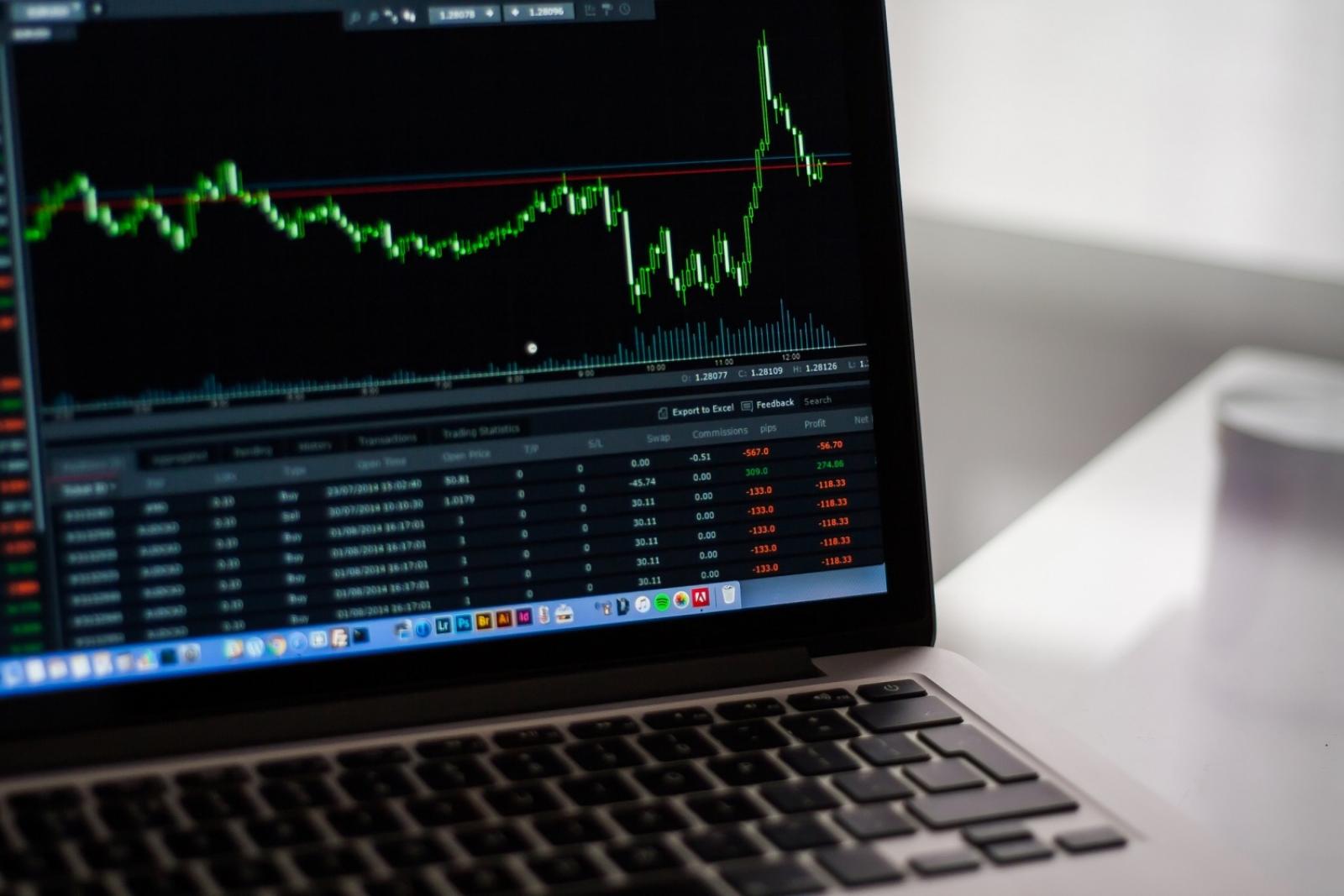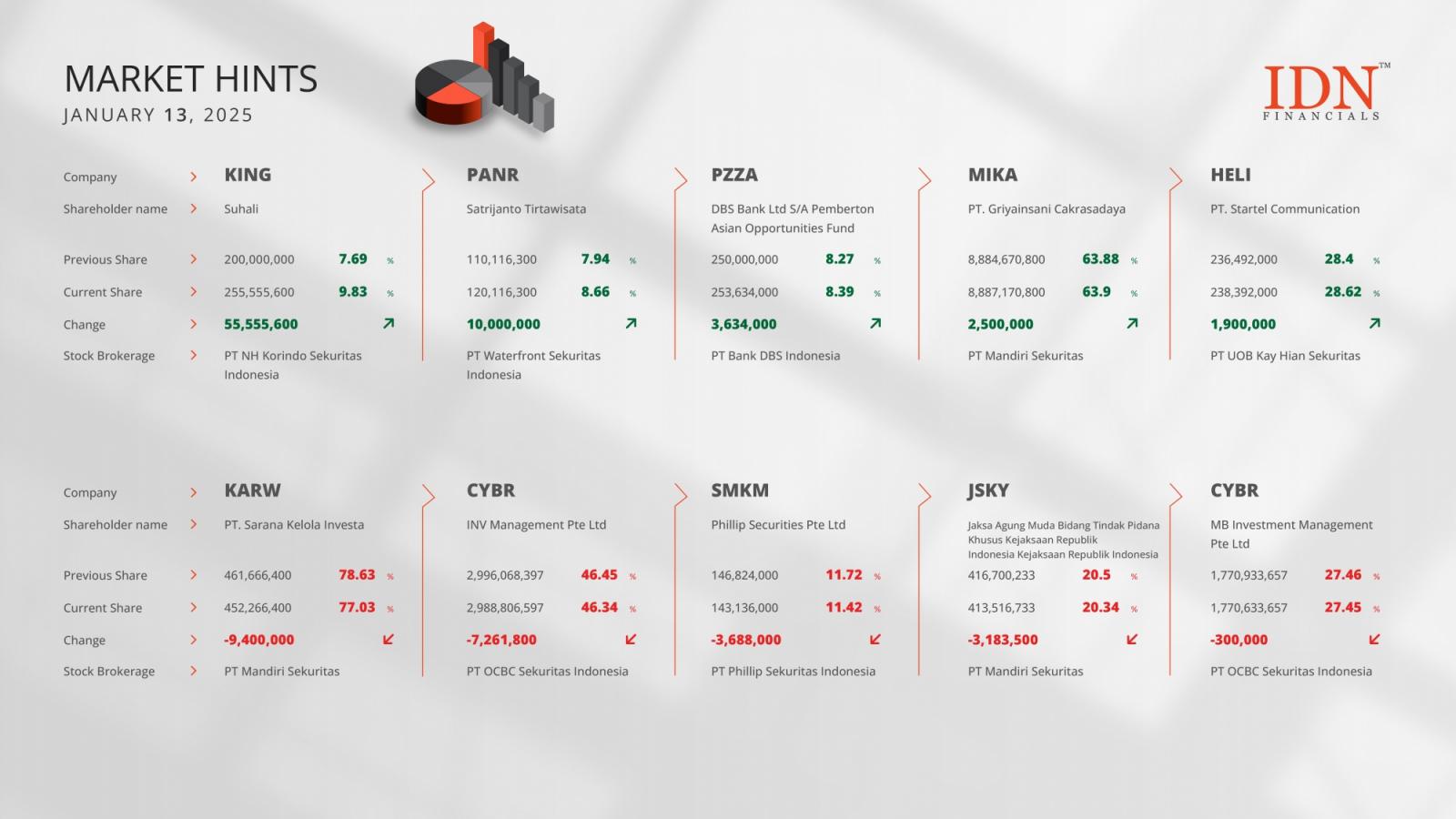
The British pound strengthened against other major currencies in the pre-European session on Friday, after the U.K. economy exited a technical recession in the first quarter with the economic output growing better than expected led by a rebound in the services output and household spending.
Data from the Office for National Statistics showed that the U.K. gross domestic product grew 0.6 percent from the fourth quarter, when the economy shrunk 0.3 percent. Output had declined 0.1 percent in the third quarter last year.
Economists had expected the first quarter growth to come in at 0.4 percent.
GDP rose 0.2 percent year-on-year in the first quarter, beating expectations for stagnation.
The monthly GDP indicator grew 0.4 percent sequentially in March after 0.2 percent gain in February, which was revised up from 0.1 percent. In January, GDP rose 0.3 percent. Economists had forecast a 0.1 percent increase for March.
European stock markets traded higher, after data showing a much bigger than expected increase in U.S. jobless claims for last week added to recently renewed optimism that the U.S Fed will lower interest rates by September and optimism over China\'s economic recovery likely to underpin investor sentiment.
The dollar fell and bond yields dipped as fresh signs of an easing U.S. labor market helped keep hopes of Fed interest rate cuts alive.
There is also optimism around Chinese economic recovery after April trade data beat estimates and two key cities of Hangzhou and Xian scrapped all restrictions on home purchases to lure buyers.
Traders also remain cautious ahead of a report on U.S. consumer sentiment in the month of May, which includes readings on inflation expectations.
Thursday, the pound weakened against other major currencies after the Bank of England maintained its key policy rate for the sixth consecutive meeting.
The Monetary Policy Committee decided to hold the Bank Rate at 5.25 percent again in a split vote. The current bank rate is the highest since early 2008.
Meanwhile, the Bank of England (BoE) Governor Andrew Bailey hinted at potential future rate cuts.
The British sterling held steady against its major rivals in the Asian trading today.
In the European trading now, the pound rose to an 8-day high of 195.17 against the yen, from yesterday\'s closing value of 194.63. The next possible upside target for the pound is seen around the 200.00 region.
Against the Swiss franc and the U.S. dollar, the pound advanced to 3-day highs of 1.1368 and 1.2542 from Thursday\'s closing quotes of 1.1347 and 1.2525, respectively. If the pound extends its uptrend, it is likely to find resistance around 1.15 against the franc and 1.27 against the greenback.
The pound edged up to 0.8595 against the euro, from yesterday\'s closing value of 0.8609. On the upside, 0.84 is seen as the next resistance level for the pound.
Looking ahead, European Central Bank will publish account of its latest monetary policy meeting at 7:30 am ET.
In the New York session, Canada jobs data for April, U.S. University of Michigan\'s consumer sentiment for May, U.S. Baker Hughes oil rig count data and U.S. Federal budget balance report for April are slated for release.





